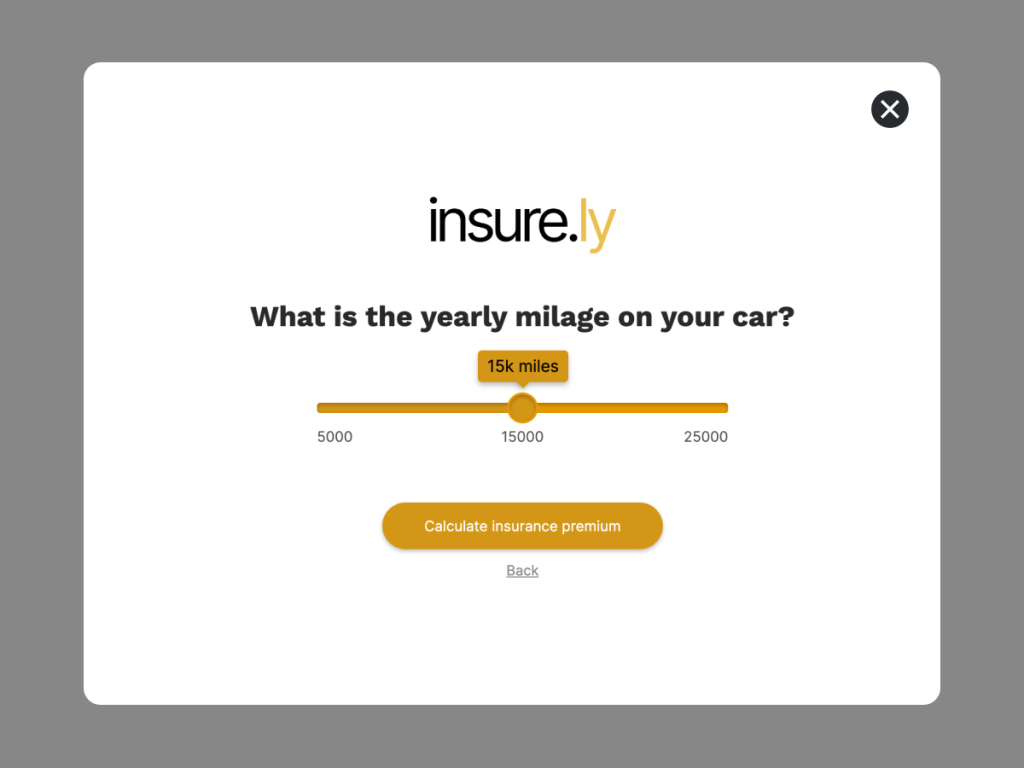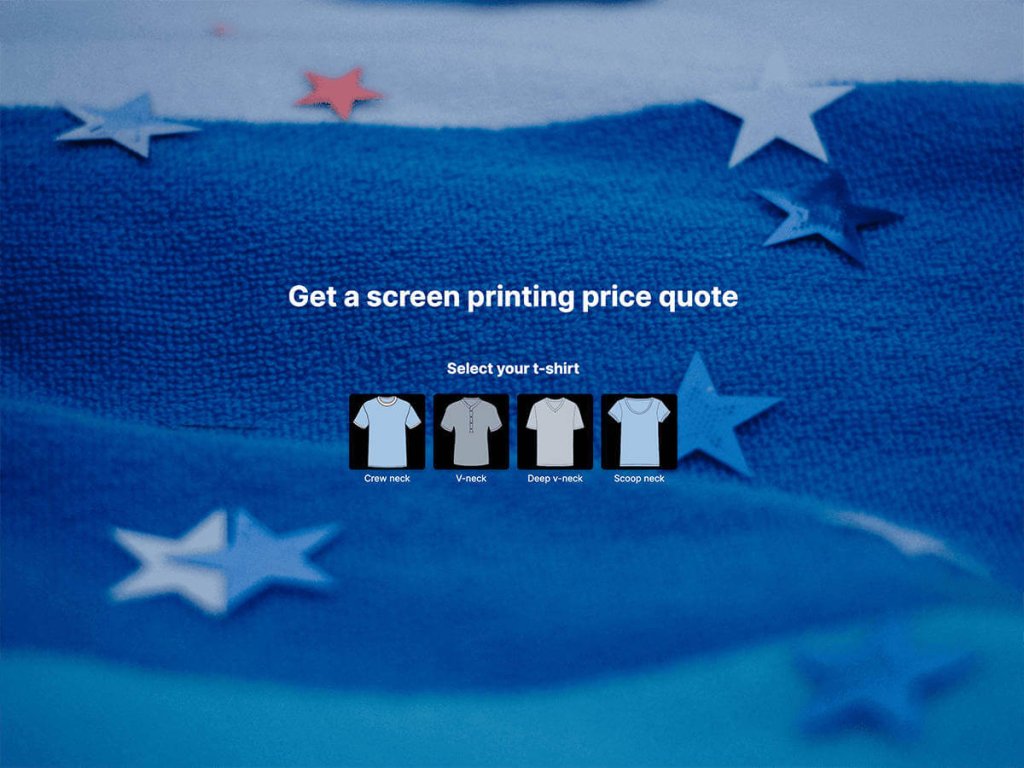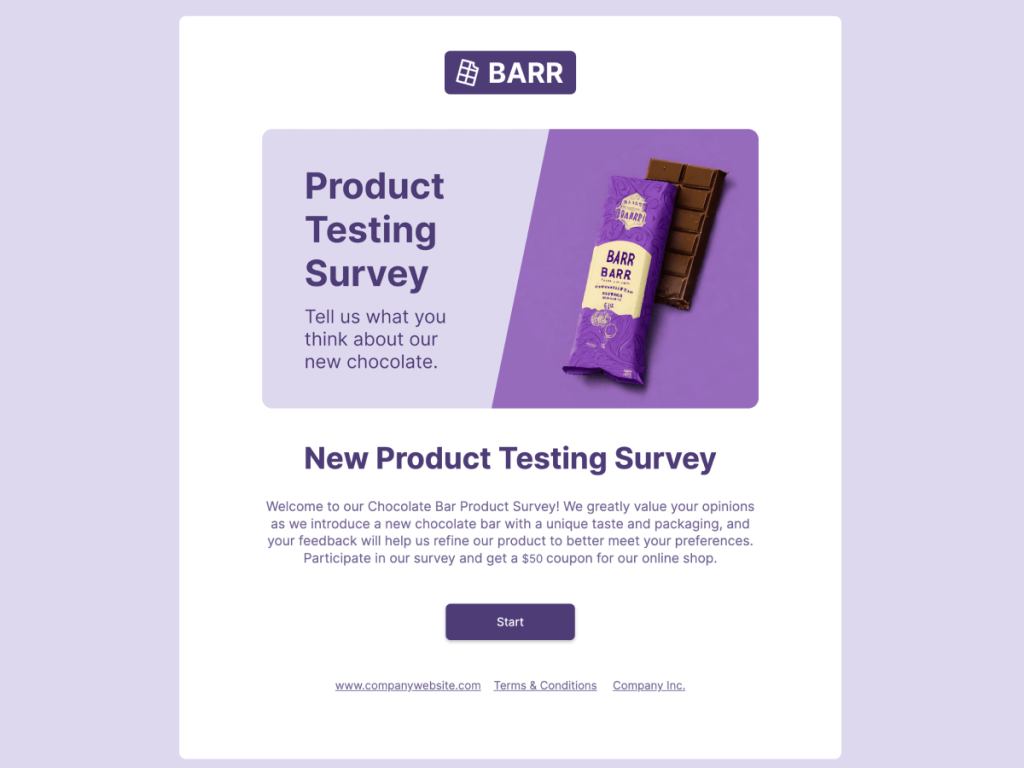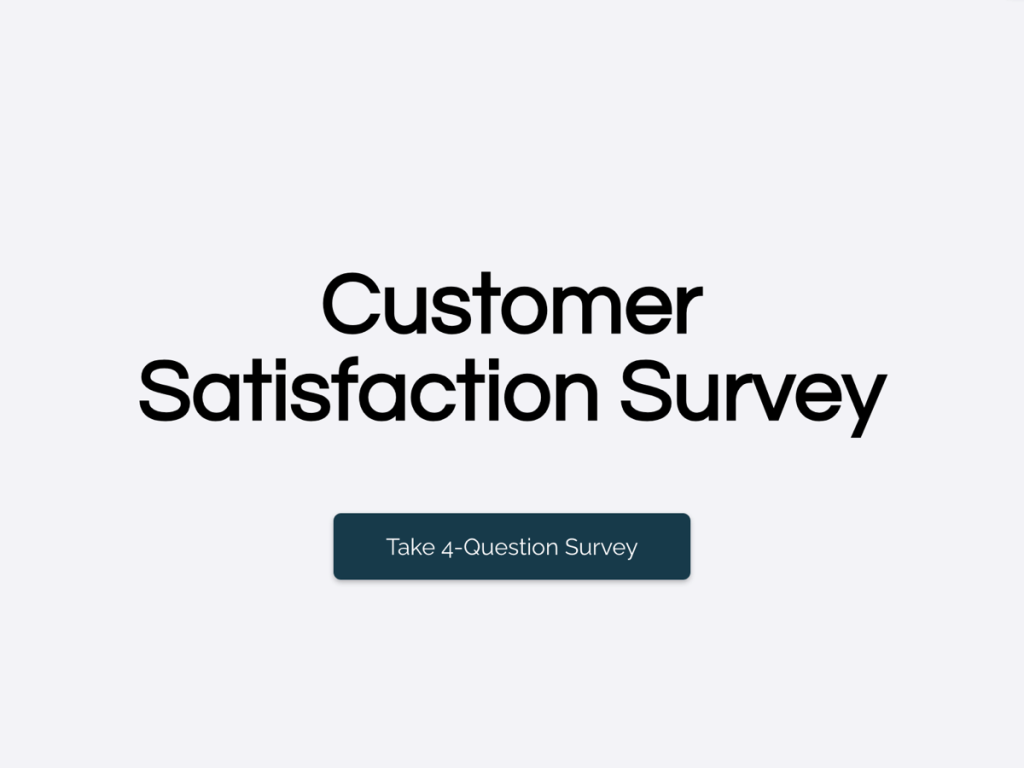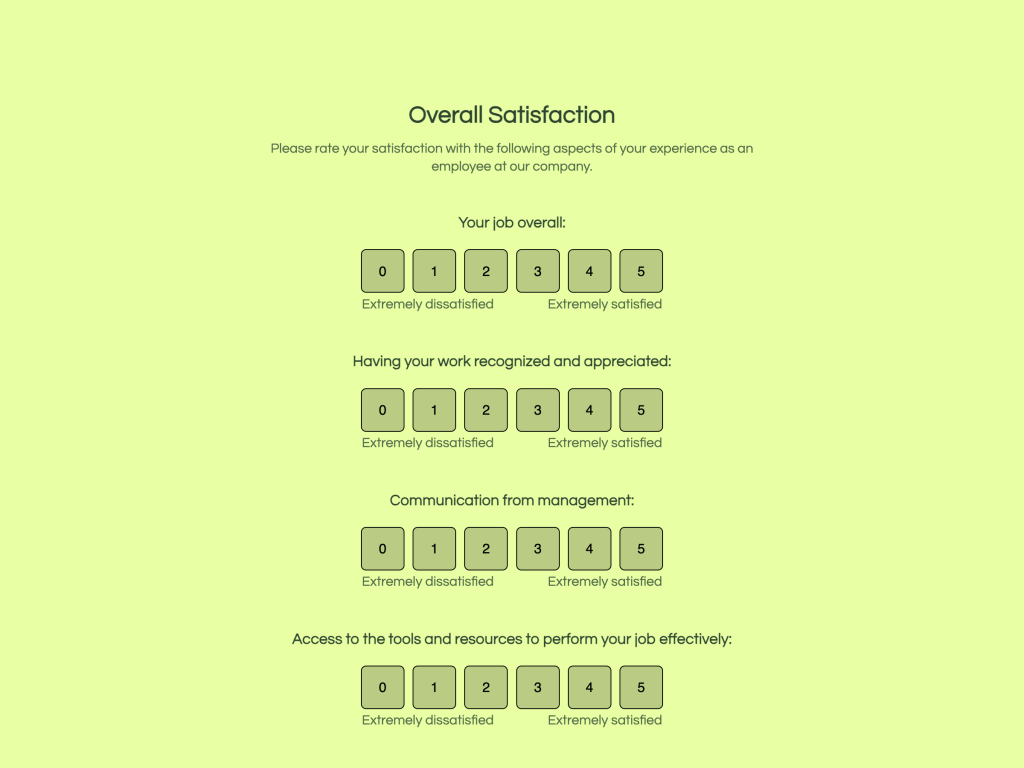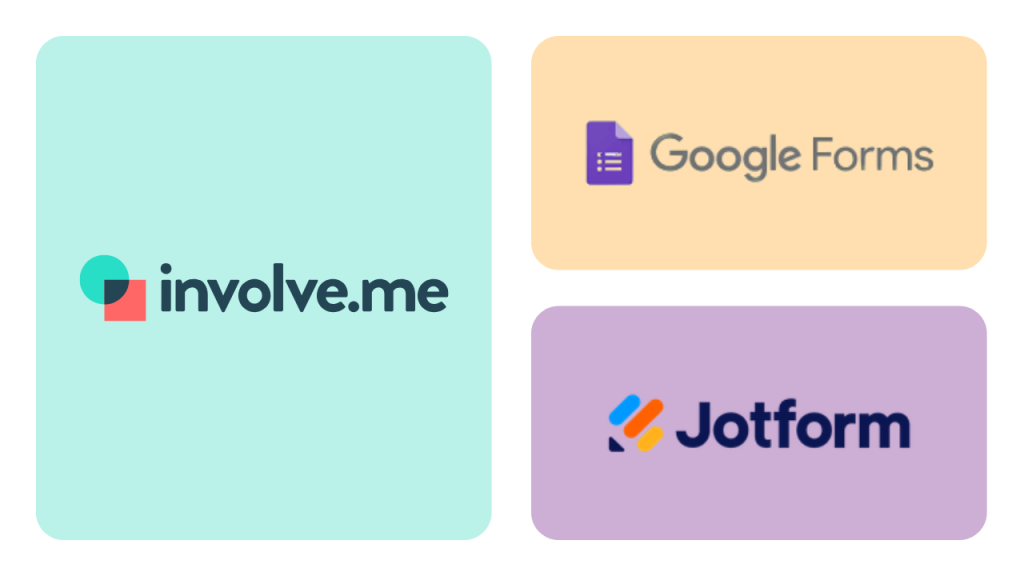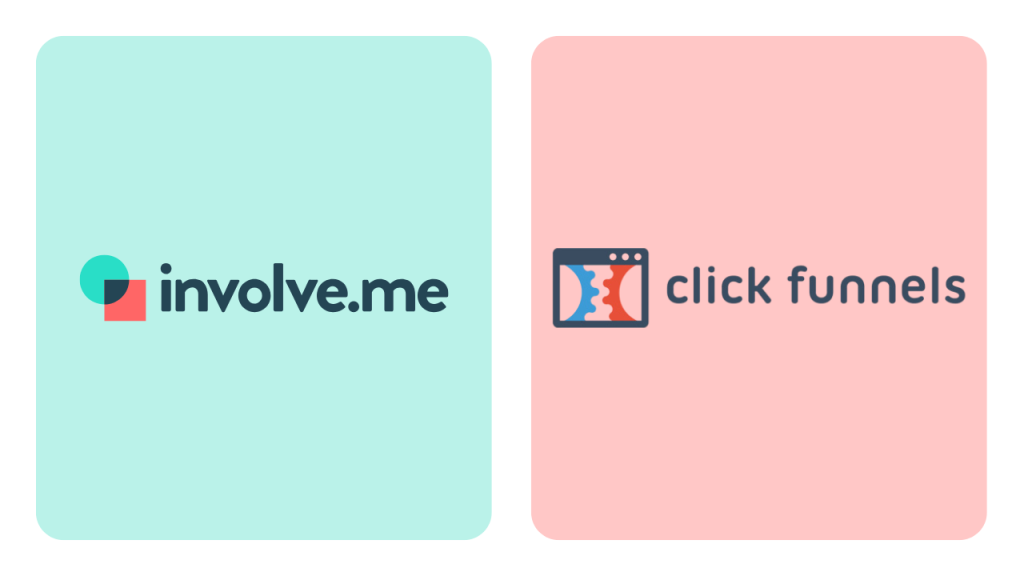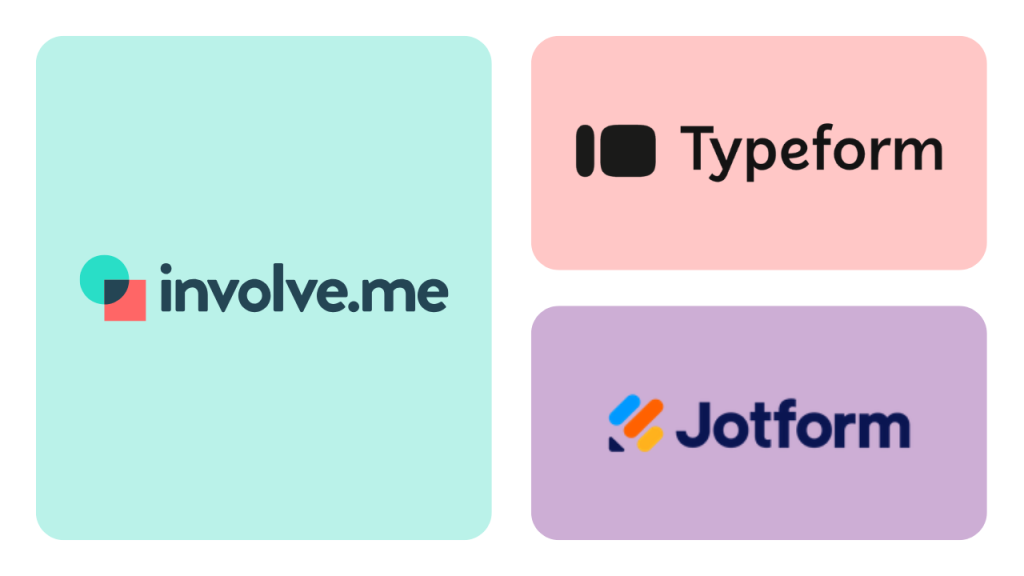Imagine a company dedicated to delivering top-notch products with attention to every detail. Their goal is to ensure customer satisfaction and loyalty, but there's a catch: in their focus on delivering flawless service, they neglected the customer experience.
As the company expanded, it became challenging to provide a personalized experience to each customer and deliver excellent after-sales service. The result was a high churn rate, with customers leaving after just one unsatisfactory interaction, and the business struggling to scale.
In this article, we aim to provide a step-by-step guide on how to automate customer experience and establish an optimized customer base. Along the way, we'll explore the most relevant benefits and use cases of CXA.
What Is Customer Experience Automation?
Customer experience automation leverages the power of AI to create a seamless and personalized conversation between a company and its clients without the need for human involvement.
This process aims to enhance customer engagement and provide a personalized journey that aligns with the customer's behavior. The mechanism behind this approach involves setting up trigger points that initiate a logical sequence of events to drive customer interactions.
This way, companies can simplify conversations, automate repetitive tasks, and optimize the performance of their support staff, creating a personalized customer touchpoint with each client to an extent where they build a loyal, long-lasting relationship with existing customers.
Customer Experience Automation Use-Cases
Customer experience automation is a process involving technology to streamline and improve customer interaction with the brand.
This entails automating various customer-related tasks and processes as part of effective customer experience management, allowing companies to deliver a more personalized and consistent customer experience.
Examples of customer experience automation include automating customer service interactions, personalizing the journeys, and maximizing retention through targeted campaigns.
Let's dive right and explore the examples in-depth!
Use-Case #1: Improve Customer Experience Interactions
Customer Experience Automation (CXA) has the potential to enhance the efficiency of customer service interactions. Listed below are several typical applications and illustrations of CXA in customer service:
Custom Calculators: Custom calculators can automate routine calculations and provide customers with self-service options. If you have a complex pricing system or many available products/services, embed a custom calculator to provide a personalized experience for each customer.
Get Started With Custom Calculator Templates
With One of Our 300+ Templates
Chatbots: Chatbots can enhance customer service by offering 24/7 support for basic requests such as product information, order status, and account updates through real-time responses, ultimately reducing wait times and increasing customer satisfaction.
Automated Ticket Routing: ATR streamlines customer service by directing tickets to the appropriate team or agent based on factors like request type, language, and customer history, resulting in improved response times and customer satisfaction through effectively handling relevant requests.
Automated Responses: CXA can also automate routine customer service responses, such as acknowledging a customer's request and providing an estimated resolution time.
Providing fast, consistent, and reliable information eliminates any guesswork that a heavy number of tickets can cause, especially during peak business periods.
Voice and Speech Automation: Automating voice and speech improves customer service interactions by allowing customers to communicate with a virtual assistant using natural language, utilizing VoIP phone communication solutions that provide readily available information around the clock.
Use-Case #2: Personalizing Customer Journeys
Personalizing customer journeys can be a bit of a headache, especially for companies looking to execute a smooth omnichannel marketing strategy. But here's the deal, you want your clients to have a seamless experience every time they interact with your brand and campaigns, right?
Well, that's where personalizing the customer journey comes in.
Here are six practical steps on how customer experience automation can help achieve that:
1-Data Collection: Gather customer information from various sources, including purchase history, browsing behavior, and feedback, to comprehend their preferences.
2-Customer Segmentation: Classify your customers into segment groups, based on their behavior and preferences to create tailored journeys for each group.
3-Journey Mapping: Map the customer journey, highlighting touchpoints and interactions, to determine opportunities for personalization.
4-Decision Points: Identify key decision points in the customer journey where personalization can have the most significant impact and make necessary adjustments.
5- Personalized Interactions: Utilize collected data to customize customer interactions, such as tailored email campaigns, product recommendations, and personalized website content.
6- Continuous Optimization: Monitor and improve the customer journey based on customer feedback and behavior.
Use-Case #3: Improving Customer Engagement
Enhancing customer engagement through personalized campaigns is a primary objective of Customer Experience Automation. This is a critical aspect of the many use cases that come with automating your CX.
So here are proven ways how to achieve this:
1- Understand Your Customers: Collect data on customers' preferences and pain points through sources like website interactions, customer feedback, and purchase history.
2- Personalize Your Approach: Categorize your buyer persona based on the market research you conduct to develop targeted campaigns and messages designed for each category.
3- Leverage Technology: Utilize AI and machine learning to automate the creation, execution, and optimization of targeted campaigns.
4- Continuously Improve: Monitor the success of your campaigns and adjust as needed using customer feedback and data analysis. Ensure that your campaigns always resonate with your customers.
Get Started: Create a Customer Feedback Survey
With One of Our 300+ Templates
CX Automation Benefits for Businesses
It is important to carefully evaluate the advantages and disadvantages of CX Automation to determine whether it is the optimal decision for the future of your brand.
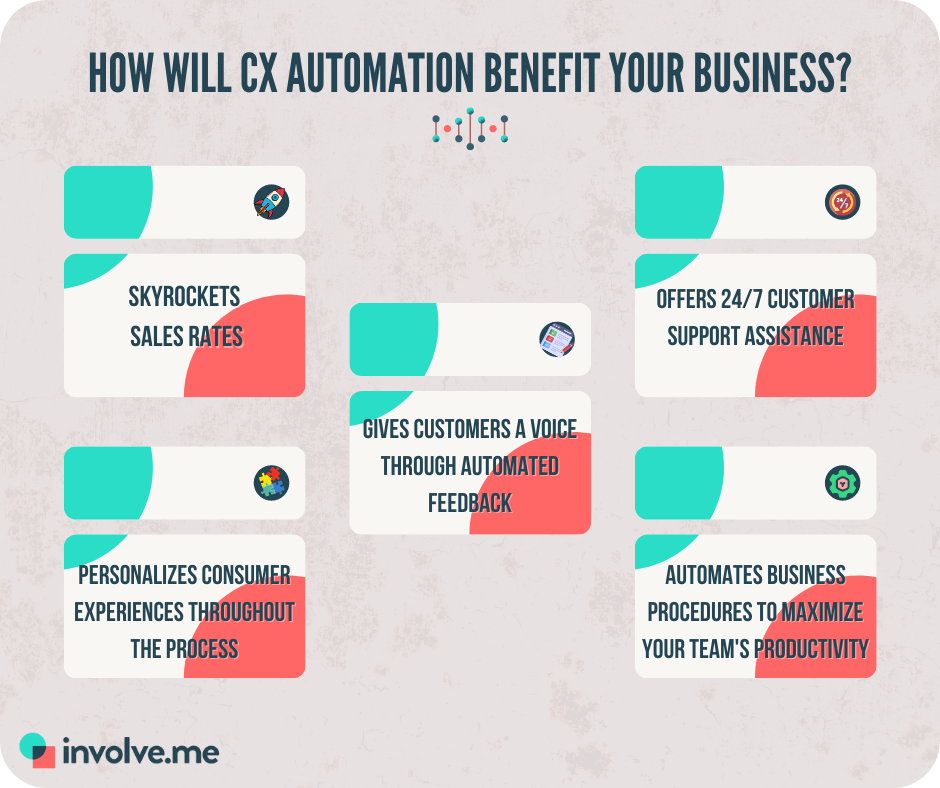
To assist you in this crucial decision-making process, let's cover five compelling reasons why you should automate your customer experience:
Skyrocket Your Sales Rates
Let numbers speak. Prestigious enterprises in different industries reported a remarkable income generation enhancement when they first started implementing a CX automation model with their client base. In fact, they have reported a substantial boost in their sales volume and lead generation. This trend is further supported by data from HubSpot, which shows that 93% of clients are prone to repeat purchases after a positive CX.
Businesses can, on this basis, create an enduring relationship with customers. The results speak for themselves.
Personalize Your Consumer Experiences Throughout The Process:
According to Zendesk, over half of the customers (54%) prioritize a customized journey throughout their interaction with the brand. With the high-performing automation tools available in the market, businesses don't have to do any of the heavy lifting. These tools can seamlessly slice and dice the data (purchase behavior, browsing history …etc.) to help tailor-make the conversations with their clients and meet their ever-changing needs.
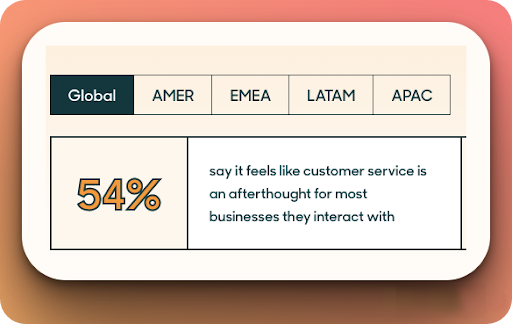
That said, businesses shouldn't overlook the human touch, as creativity is an essential element in personalization. By combining the best aspects of both, they will end up offering a unique and memorable journey.
The following are some content customization examples:
Automating emails in line with customer preferences and past purchases to provide updates, product recommendations, delivery tracking …etc.
Displaying different content based on location, device type, and past interactions with users.
Launching ad campaigns aimed at potential customers interested in certain products.
Give Your Customers A Voice Through Automated Feedback
Do you know what every consumer wants? They want to be heard. Here comes the role of automated feedback, empowering companies to have control over the content, messages, emails, and social media posts they create, and here you have it! Let the AI power do its magic for you.
With the right software, you can measure the CX at crucial stages and gather relevant data that will have a massive impact on customer retention.
Offer 24/7 Customer Support Assistance
Offering top-notch support to your customers should be your key focus. To achieve that, you must always be available to meet your client's needs. Over the recent years, this level of availability may have been challenging, but with the advent of virtual assistance and a well-thought-through approach, this has become possible at a large scale.
Virtual agents can now handle countless tasks, such as answering inquiries, addressing complaints, and tracking delivery around the clock, allowing your sales team to focus on more complex issues, providing customers with technical information and hands-on support.
Automate Business Procedures To Maximize Your Team's Productivity
With the rise of no-code technology, repetitive tasks (scheduling meetings, updating CRM, or transferring data) can now be automatically completed without even the need for manual intervention.
This method will significantly reduce human error and permit employees to access information effortlessly, resulting in a more streamlined process that saves time, generates more revenue for the company, and ultimately leads to customer satisfaction.
Simple Steps to Implement CX Automation
Customer Experience Automation (CXA) can be a game changer for businesses in their customer engagement strategy. Being a first mover in its implementation can lead to increased conversions and a distinct advantage over competitors.
Here are some simple steps for business owners to get started with CXA:
Pick up the appropriate software for each channel (email, chat, survey) and integrate it with your customer data to automate actions across all areas of your business.
Assign consumer technical inquiries as tasks for your teams to address and resolve any faced issues.
Inform your clients about the latest and cutting-edge products that align with their preferences, as tracked by your data system.
Enhance the personalization of the client's journey by providing targeted incentives for products and services to encourage hesitant customers to complete a purchase.
Outro
There you have it! Automation is here to stay, and your client's satisfaction is your top priority. Now that we've gone through the key points of CXA and how beneficial it can be to your business at every level, the choice is clear: automating your customers' journey is the way to go. The ball is in your court.
Author Bio:
Alladdine Djaidani is an internet marketer and founder of Hustler Ethos. He likes to help companies rank on google and drive growth without breaking the bank.



